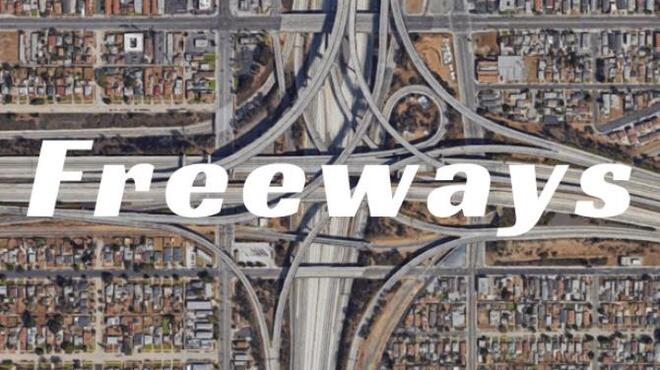
(Like, what’s a magic circle and when should I use one?) Another annoyance in the game is that there is no room for mistakes. Also, It would be nice to have some different interchange types introduced with a bit more explanation. If you’ve never engineered a road, I can tell you that this makes things pretty darn challenging after the first 10 levels or so. Other than showing you the basic mechanics of drawing roads, there aren’t any other tutorials. That said, there is room for improvement to make the game more user-friendly. Since Freeways is a paid offering, you aren’t dealing with the gimmicky paywall issues that arise in free-to-play games, and you won’t find yourself being annoyed by an ad popping up every 10 minutes. You’ll need to add components like roundabouts and overpasses to make sure all your roads connect, but don’t cause a traffic jam. While early in the game you can mostly rely on making the most direct connection possible, the further along you progress, you’ll have to start thinking and planning ahead more seriously.

Get a handful of these roads down and things become very tricky. Grid 2 Reloaded EditionĮach time you successfully complete a network, you unlock another square of area needing a complex road system. (If you try to connect two roads with arrows going in different directions, it won’t work.) Once you have managed to connect all roads and buildings to one another, a “Network Complete” alert will come on the screen, and you’ll receive a “total efficiency” score based off three main criteria: speed of traffic flow, amount of concrete used and complexity of the system. The ends of roads will have arrows on them so you know which direction the traffic should flow. Making connections is simple: you need only drag your finger along the screen from one road end to another. When you first start playing Freeways, you are taken to a beginner map where you need to connect a factory to a highway. The planning and thought processes needed in order to succeed in the game are complex enough to mirror the planning done by traffic engineers in the real world. While learning the mechanics of the game is simple, mastering the art of traffic engineering is not.
#FREEWAY EXPRESS WINDOWS DOWNLOAD SERIES#
A version is also available for Windows On Tuesday, indie dev Justin Smith released Freeways, a new kind of simulator game that places you in the role of a city traffic engineer, tasked with building a series of roads that must connect to one another and allow for a reasonably good flow of traffic so they don’t become jammed.
#FREEWAY EXPRESS WINDOWS DOWNLOAD FOR ANDROID#
Freeways is available for Android and iPad. It’s all hugely compelling and if nothing else, you’ll end up with a grudging respect for the designers of real-world road madness. You’ll be baffled by challenges that seem impossible within the confines of a single screen, before imagining into being increasingly ingenious solutions. By the time the initial nine-level map has zoomed out a couple of times – pleasingly showing cars driving around your interconnected network – the demands become stiffer. Even so, there’s sophistication in the foundations.

During play, there are echoes of Mini Metro but whereas that game was sleek and shiny, being based on diagrammatic Tube maps, Freeways dispenses with rigidity. It unlocks a kind of immediacy and makes it feel approachable. Mostly, the game’s crude nature is in fact a net positive.

That may seem harsh – and the lack of undo does irk, especially on occasions where road connections don’t quite snap but the author explains this was an intentional design decision, intended to stop perfectionism. One is to add more complexity to a road system that may already resemble someone having hurled grey spaghetti at your screen. Because there’s no undo, you’ve only two choices at that point. It’s then you’ll sometimes watch aghast as your carefully crafted network grinds to a juddering halt. When all routes are connected, a simulation shows a day’s use in blazing fast-forward. As you make connections, cars start doddering about, and you begin to feel a bit smug. Your finger becomes a magic dispenser of virtual concrete, as you fashion roundabouts, speedy straight bits, lurching bends, and flyovers by way of deft two-finger swipes. It’s then a question of drawing the roads.


 0 kommentar(er)
0 kommentar(er)
